For years, the growing use of plastics in agriculture has helped farmers increase crop production, improve food quality and reduce the ecological footprint of their activity. Not only do plastics allow for vegetables and fruits to be grown whatever the season, but these products are usually of better quality than those grown in an open field.
A wide range of plastics are used in agriculture, including, polyolefins (polyethylenes (PE), Polypropylene (PP), Ethylene-Vinyl Accetate Copolymer (EVA)) and less frequently, Poly-vinyl chloride (PVC), Polycarbonate (PC) and poly-methyl-methacrylate (PMMA).
These plastics provide:
Innovative and sustainable solutions: Thanks to the use of different plastics in agriculture, water can be saved, temperature can be maintained under the covers during the night, photoselectivity can improve certain flowers production and crops can even be planted in deserted areas. Plastic irrigation pipes prevent waste of water and nutrients, rain water can be retained in reservoirs built with plastics, and the use of pesticides can be reduced by keeping crops in a closed space such as a greenhouse or, for mulching, under a plastic film. Moreover, the emissions of pesticides in the atmosphere will be reduced as they will remain fixed on the plastic cover. Pest control plays a vital role in safeguarding crop yields
Greenhouses

Low tunnels
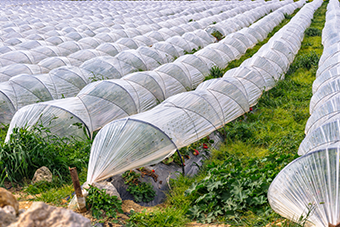
Mulching
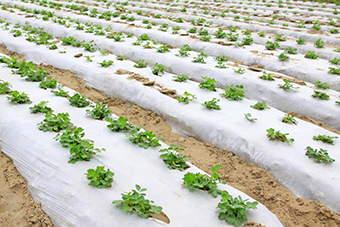
Plastic reservoirs and irrigation systems
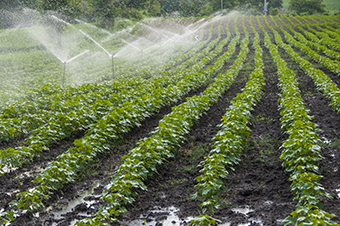
Silage
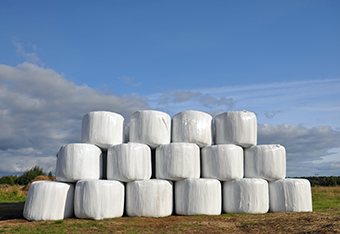
Other plastic applications
Other plastic applications 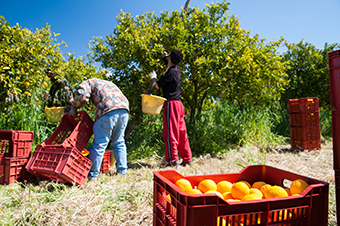
A challenge is, how to ensure that films have the maximum life-span possible and are disposed of properly at the end of their lifes with minimal damage to the environment.
Recycling and recovery opportunities: At the end of their life cycle, agricultural plastics such as greenhouse covers can be recycled.
Plasticulture in Europe has a great commitment with the implementation of National Collection Schemes (NCS) for the management of agri- plastics waste in order to increase circular economy and to avoid having a negative impact on the environment. The model of promoting National Collection Schemes ensures high collection rates as well as an improvement in the quality of the plastic waste collected, both pre-requisites for recycling the plastic and the incorporation of recyclates into new products. Several countries have already implemented these NCS as France, Germany, Ireland, Finland or are starting with them as UK and Spain.
These NCS are based on an extended producer responsibility, shared between the converters and other stakeholders, farmers and distributors. The new plastic put on the market, finances its own recycling, through an eco-contribution applied on the sales price of the product. The Scheme’s performance begins on farm and the entire value chain is focused on best practices and operations to improve technical and economic efficiency and assure the plastics recycling.
Once retrieved from the fields, plastics are usually washed to eliminate sand, herbs and pesticides, before being grinded and extruded into pellets. The material can then be used again in the manufacturing of articles such as outdoor furniture. When mechanical recycling is not viable, chemical recycling and energy recovery are complementary options with different technologies available.
Contact us for more information
Contact us for more information about the benefits of plastics and the activities of PlasticsEurope.








